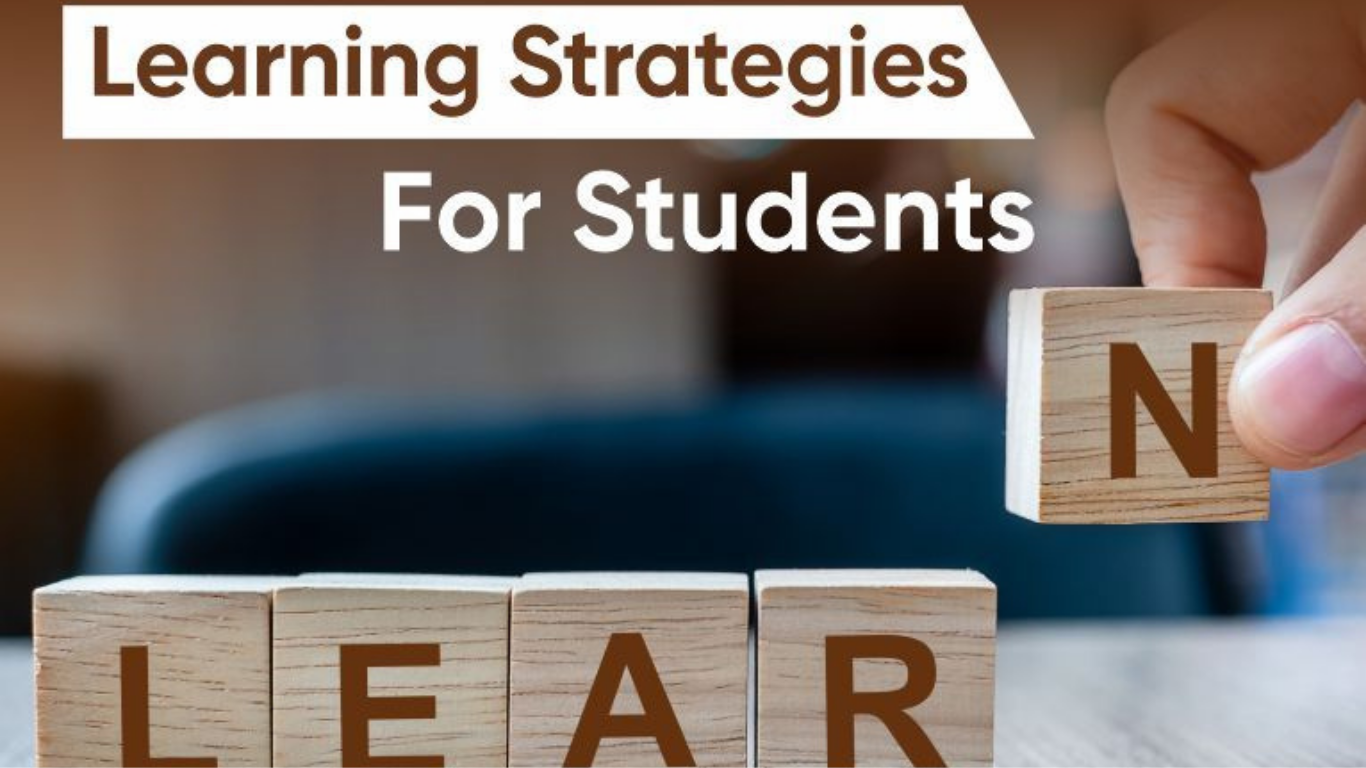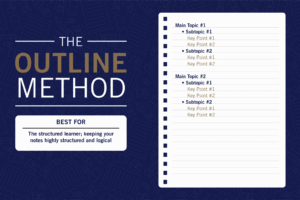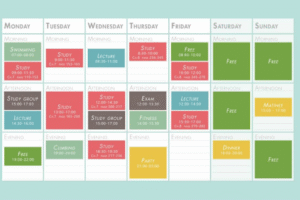
🎓 Top 10 Study Techniques Backed by Science: Study Smarter, Not Harder
Introduction: The Problem with Traditional Studying
Many students spend hours rereading textbooks, highlighting notes, or pulling all-nighters before exams—only to forget most of what they studied. The problem? These traditional methods may not align with how the brain actually learns. If you’re tired of studying hard and seeing little progress, it’s time to switch to smarter, science-backed techniques that maximize retention, save time, and boost confidence.
The Science of How We Learn
Modern cognitive psychology and neuroscience offer deep insights into learning. Our brains retain information better when we actively retrieve it, space out study sessions, and connect new material to prior knowledge. Learning is not just about effort; it’s about strategy.
Top 10 Proven Study Techniques
Here are 10 of the most effective, research-supported methods to enhance your learning:
1. Spaced Repetition
Instead of cramming all at once, space your study sessions over days or weeks.
🧠 Why it works: Strengthens long-term memory by leveraging the spacing effect.
📅 How to use it: Use flashcards (Anki or Quizlet) and review them at increasing intervals (e.g., 1 day → 3 days → 7 days).
2. Active Recall
Actively test yourself on what you’ve learned—don’t just reread notes.
🧠 Why it works: Forces your brain to retrieve information, reinforcing memory.
📘 How to use it: After reading a chapter, close the book and write or say what you remember. Use past papers or mock questions.
3. Pomodoro Technique
Break your study time into short, focused intervals with breaks in between.
🧠 Why it works: Reduces mental fatigue and improves focus.
⏲️ How to use it: 25 minutes of study + 5-minute break. After 4 sessions, take a longer break.
4. Interleaving
Mix up subjects or topics rather than studying one at a time.
🧠 Why it works: Encourages better problem-solving and critical thinking.
📌 How to use it: Study math for 30 mins, then switch to science, then go back to math.
5. Feynman Technique
Learn by teaching the topic in your own words—like you’re explaining it to a child.
🧠 Why it works: Reveals gaps in your understanding.
📓 How to use it: Write down the concept and teach it aloud simply. If you get stuck, revisit the material and refine your explanation.
6. Retrieval Practice
Like active recall, but with frequent quizzing and self-testing.
🧠 Why it works: Strengthens memory pathways and builds confidence.
🔍 How to use it: Use practice tests, write questions from your notes, or use apps with quizzes.
7. Cornell Note-Taking System
Organize notes into summaries, keywords, and main ideas.
🧠 Why it works: Encourages critical thinking while taking notes.
🗒️ How to use it: Divide your page into three sections: cues, notes, and summary.
8. Mind Mapping
Create diagrams to visually organize information.
🧠 Why it works: Boosts understanding and makes connections clearer.
🧾 How to use it: Start with a central idea in the middle and branch out with keywords and concepts.
9. Self-Quizzing
Make your own quizzes or test yourself using flashcards.
🧠 Why it works: Encourages deep learning through active recall.
📝 How to use it: After studying, create 10–15 questions and answer them without looking at your notes.
10. Teaching Others
Teach classmates or explain concepts to family or friends.
🧠 Why it works: Forces you to simplify and master the material.
👥 How to use it: Form a study group or pretend to teach in front of a mirror.
How to Choose the Right Techniques for You
Not every method works for everyone. Try different techniques and observe:
- Which ones help you remember better?
- Which feel easier to stay consistent with?
- Which match your subject type? (e.g., mind maps for History, recall for Science)
📌 Pro Tip: Combine techniques. For example, use Pomodoro + Active Recall + Spaced Repetition for powerful results.
Tips to Stay Consistent with These Methods
✅ Set daily or weekly study goals
✅ Use digital tools or planners
✅ Track your progress
✅ Reward yourself after study sessions
✅ Don’t fear mistakes—learn from them
Combine Techniques to Maximize Learning
Smart studying isn’t about studying more—it’s about studying right. By using science-backed methods like active recall, spaced repetition, and mind mapping, you can learn more in less time and feel more prepared for any academic challenge.
Start small, stay consistent, and experiment to find your personal formula for success.



